

Derek Fung
Ford doesn't want to be full-line manufacturer or purchase another automaker
23 Minutes Ago
We're getting closer to receiving cleaner fuel, though by the time we've caught up to current European standards we'll be behind again.

News Editor
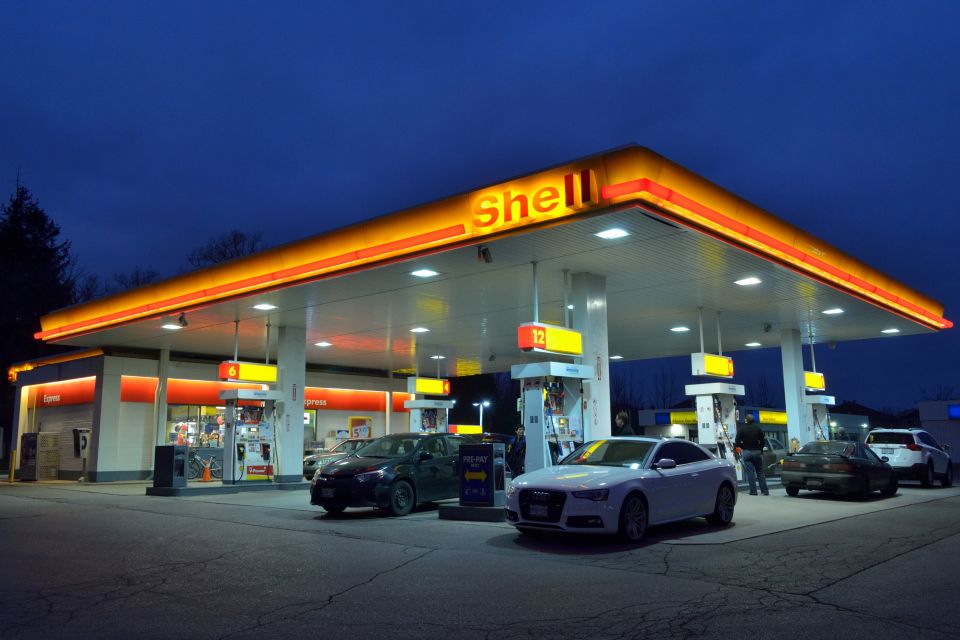

News Editor
Australia is finally on its way to getting cleaner fuel, but we’ve certainly been waiting a while.
Earlier in 2021, the Australian Government announced it would prop up our nation’s last two oil refineries.
The $2.3 billion package will keep the Ampol and Viva refineries open through 2030, in a move the government says will help protect our fuel security and save 1250 jobs.
In a more tangible benefit to Australian consumers, these refineries will each receive up to $125 million to upgrade their facilities so they can start making ultra-low sulphur petrol by the end of 2024.
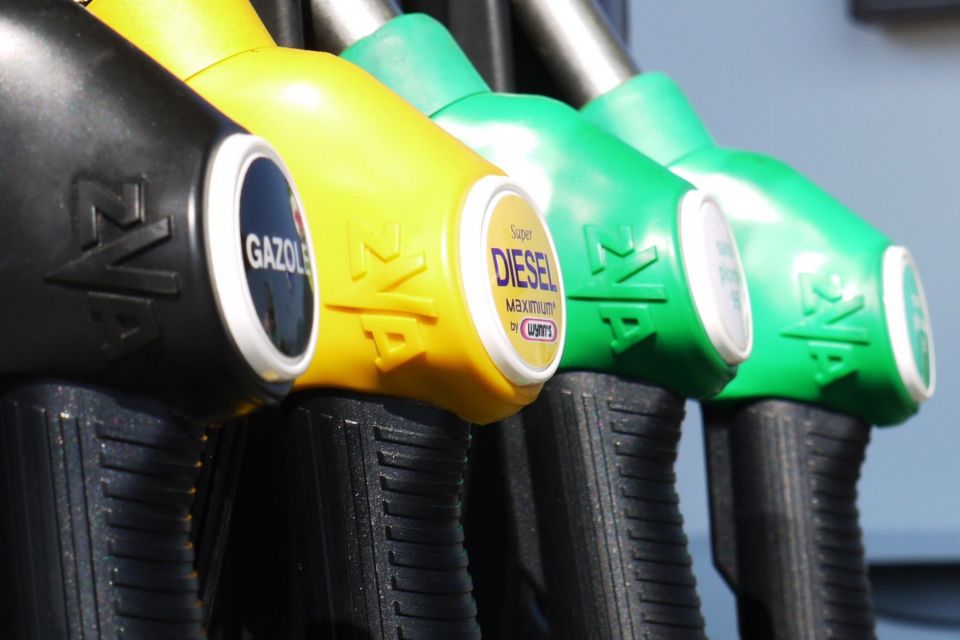
The environmental standards outlined in fuel quality legislation stipulate, among other things, how much sulphur can be present in fuel.
The Australian fuel industry and fuel suppliers must follow requirements laid out in the Fuel Quality Standards Act 2000 and Fuel Quality Standards Regulations 2019.

Euro 6 emissions standards were introduced in Europe back in 2015, and call for no more than 10 ppm sulphur for all fuels.
There’s a deadline of July 1, 2027 for these standards to come into effect here. By then, even stricter Euro 7 regulations will have come into effect in Europe.
As a condition of the Australian Government’s fuel package, the two remaining refineries must complete their upgrades by 2024 and supply fuel with no more than 10 ppm sulphur.
It’s not just Europe that currently uses petrol with less than 10 ppm sulphur. China, India, Canada and the US all use this, as does New Zealand which is home to a single oil refinery.

The sulphur content in our petrol is higher than in countries like Brazil, Morocco, and Mexico, though it’s cleaner than the likes of Indonesia and South Africa.
Where we’re more aligned with developed markets is in the sulphur content of our diesel. Like China, Europe, Japan and North America, it’s limited to 10 ppm sulphur.
Sulphur content isn’t the only aspect of fuel quality that will need to be improved to align us with the likes of Europe, as there’s also the research octane number (RON), aromatics content, and other parameters to consider.

Even once our refineries are producing 10 ppm petrol, there’ll be differences between Australian fuel and that overseas. Europe’s minimum octane number is 95 RON, while fuel there has a maximum aromatic content of 35 per cent – compared to 45 per cent here.
These aromatics are essentially additives to increase the octane, like methyl tert-butyl ether (MTBE). Their use is restricted in Australia due to groundwater contamination concerns.
The Government has pulled forward an industry-wide review of fuel standards to 2021, which includes a consideration of aromatics levels. The aim is to create a “Euro 6 equivalent petrol and diesel standard that are appropriate for Australia”.
There’s one silver lining to our dirtier fuel: it’s cheap. Of the 38 OECD countries, we had the fifth cheapest petrol and sixth cheapest diesel fuel in September 2020 per reporting from the Australian Institute of Petroleum.
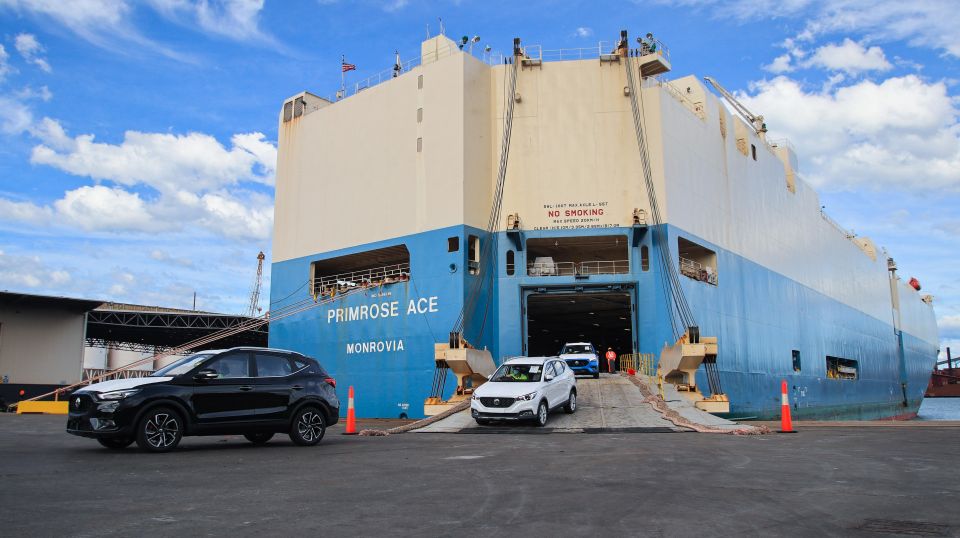
An Australian Government Draft Regulation Impact Statement from 2016 cited data that said new car prices could go up by $243 to $1183 by 2021 due to the new engine technology required to meet stricter proposed emissions standards.
What that doesn’t take into account, however, is that most of our cars are sourced from countries in Europe, Asia, and North America where stricter fuel standards are already mandated.
That leaves us in a predicament where companies won’t bring the cleanest, most modern petrol vehicles. Take, for example, the Volkswagen Group, which has limited the availability of vehicles with petrol particulate filters (PPFs) due to the high sulphur content of our fuel.
It’s chosen to bring over PPF-equipped models only if there’s no PPF-free alternative (e.g. the Audi RS3), or where the model will otherwise be fairly low volume (Skoda Superb Scout, Karoq Sportline).
The company has also made it explicitly clear to consumers that they should only use premium unleaded fuel, as higher-sulphur fuel will clog the filter and necessitate expensive repairs.
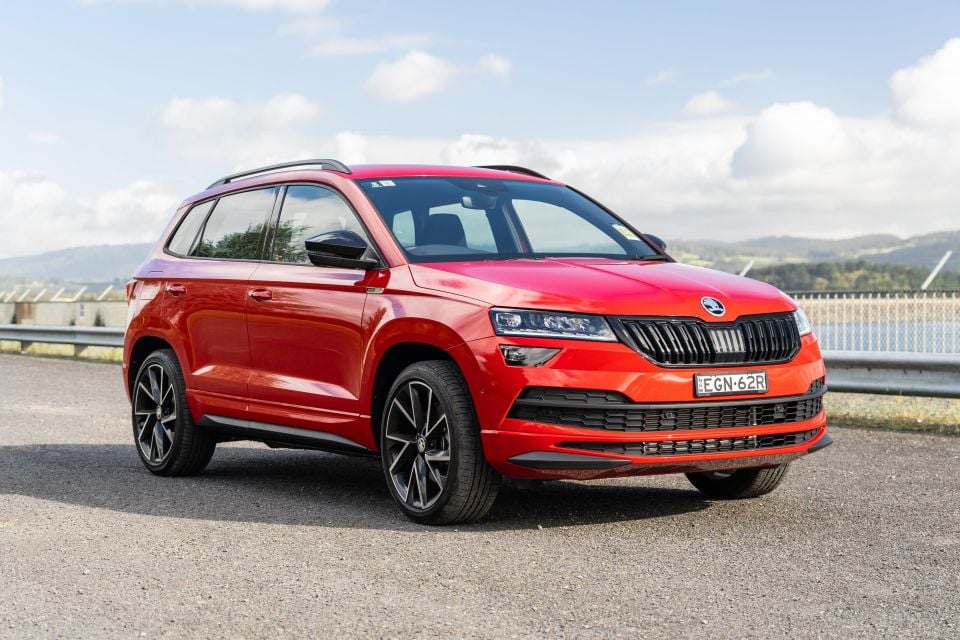
“This particulate filter can withstand petrol with 50 parts per million of sulphur, but it must be understood that these cars can run only on premium unleaded,” said Skoda Australia director Michael Irmer on the Superb Scout.
“At point of sale the vehicles will feature mirror hangers emphasising this point. Additionally we have developed high visibility fuel cap stickers. Sales teams will reinforce this message. Our view is that all Australian motorists would benefit by the mandating of premium petrol as standard.”
The peak body for car manufacturers in Australia, the Federal Chamber of Automotive Industries, has expressed support for introducing stricter fuel standards.
“The poor fuel standards in Australia relative to regions such as Europe and Asia have meant that some car companies have been unable to introduce some of the world’s best fuel efficient and environmentally friendly technologies to the Australian market,” said FCAI chief executive Tony Weber.
“We now have an excellent opportunity to align Australian fuel quality with the rest of the world, encourage the delivery of the latest engine technology and take further steps on the road to reducing CO2 emissions.”
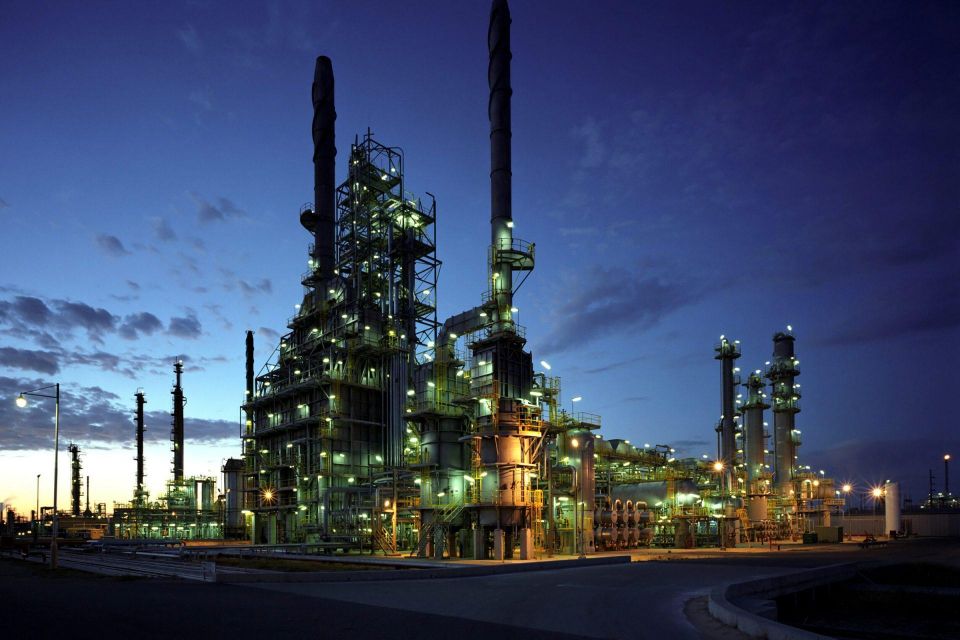
Petroleum companies and politicians alike have raised the spectre of a political conflict in Asia severely affecting our fuel supply if we don’t keep refineries open.
It may just be delaying the inevitable.
In the past 12 months, two oil refineries – the Kwinana refinery in Perth and ExxonMobil’s refinery in Altona – have both closed. Rewind 20 years and Australia had four other refineries running, showing a clear downward trajectory for the refinery business.
We currently import around 90 per cent of our liquid fuels.
Through the fuel security package announced earlier in 2021, the Australian Government wants to both increase domestic fuel storage and maintain a sovereign refining capability in the event of an emergency.

As part of the 2021-22 Budget, the Government announced it would include:
An FSSP of up to 1.8 cents per litre is paid for petrol, diesel and jet fuel refined in Australia.
It hinges on an external margin marker, which is calculated based on a formula that takes into account fuel prices, crude oil prices, refinery yields, and the cost of shipping refined oil from Singapore and crude oil from Indonesia.
From July 1, 2022, importers and refiners will have a minimum stockholding obligation requiring them to maintain minimum stocks of jet fuel and petrol, with importers also required to maintain minimum stocks of diesel.
The Government is aiming to lock in Australia’s surviving refineries to at least 2027, with the option to extend this to 2030.
William Stopford is an automotive journalist with a passion for mainstream cars, automotive history and overseas auto markets.


Derek Fung
23 Minutes Ago


Max Davies
8 Hours Ago


William Stopford
24 Hours Ago


Ben Zachariah
1 Day Ago


Derek Fung
1 Day Ago


Matt Campbell
1 Day Ago